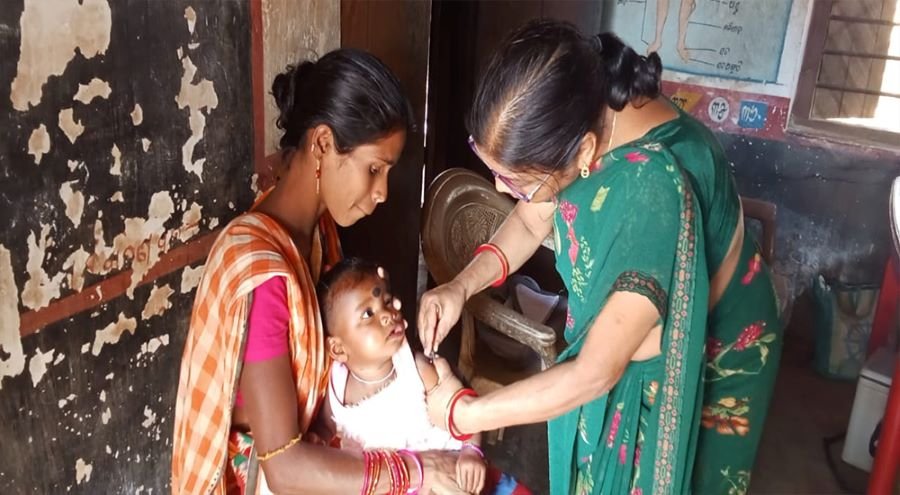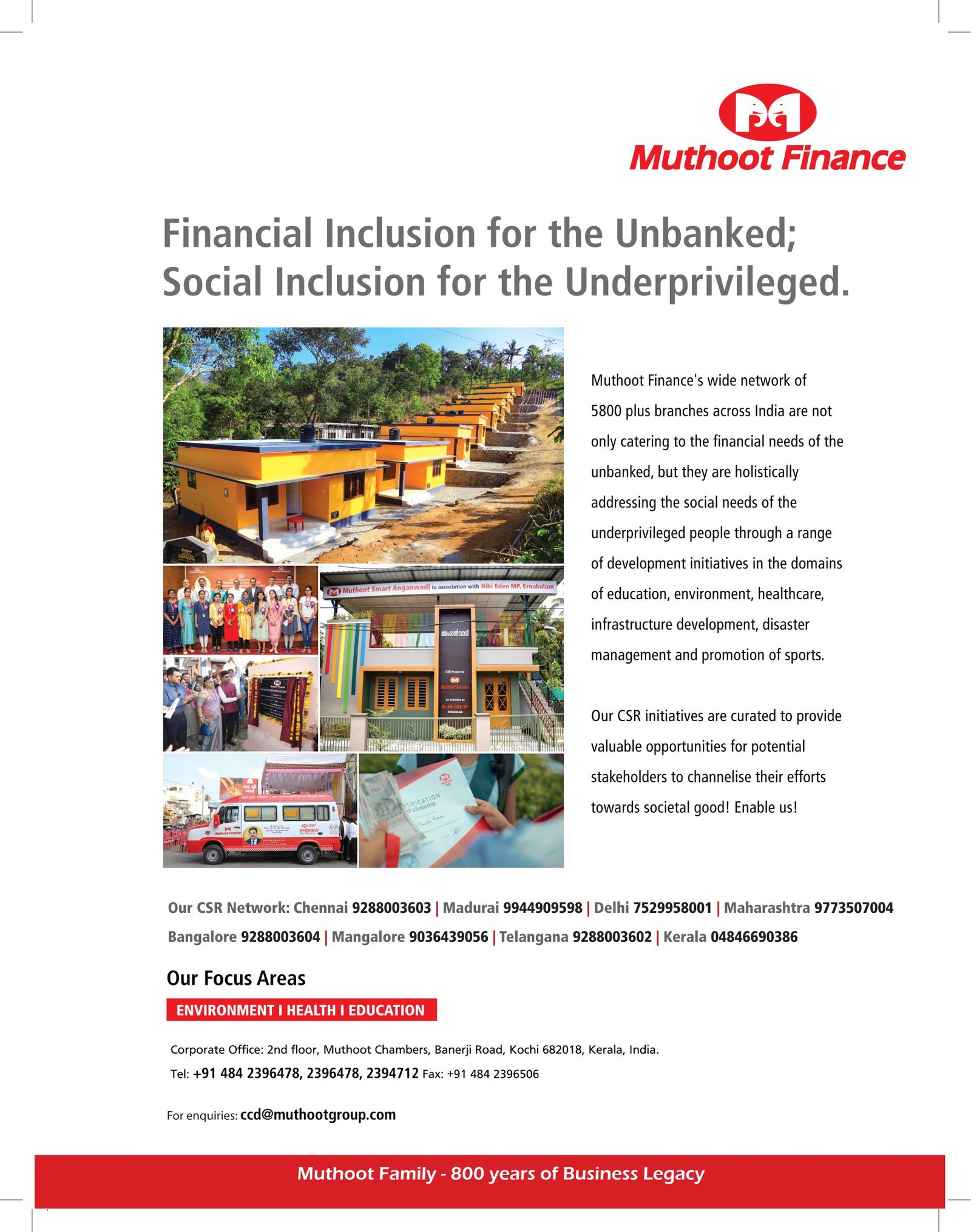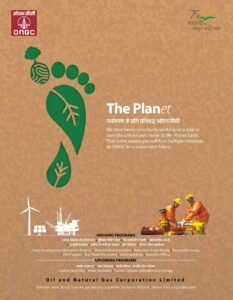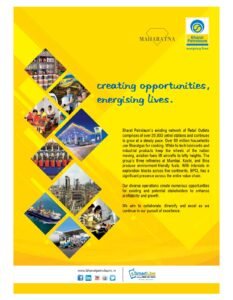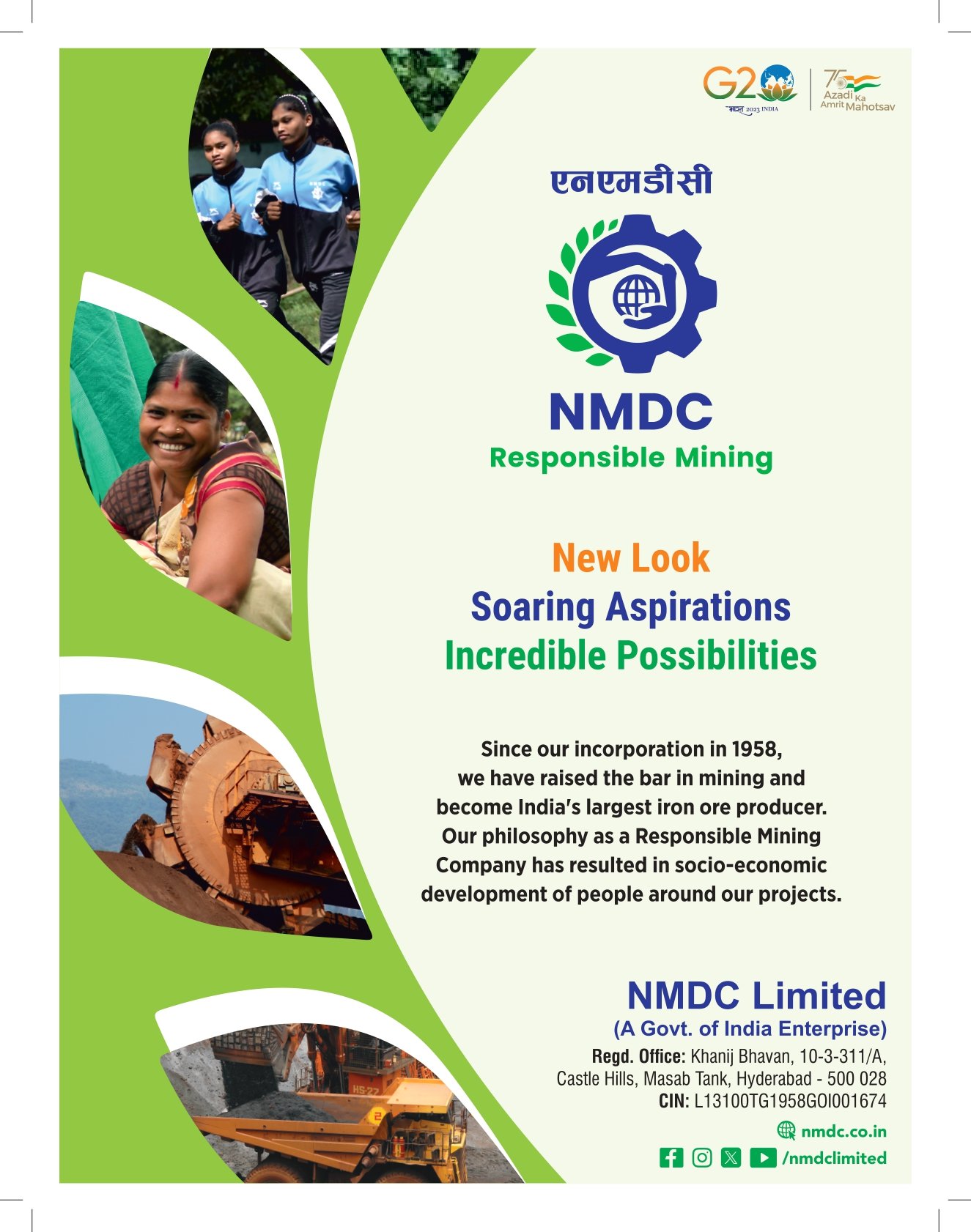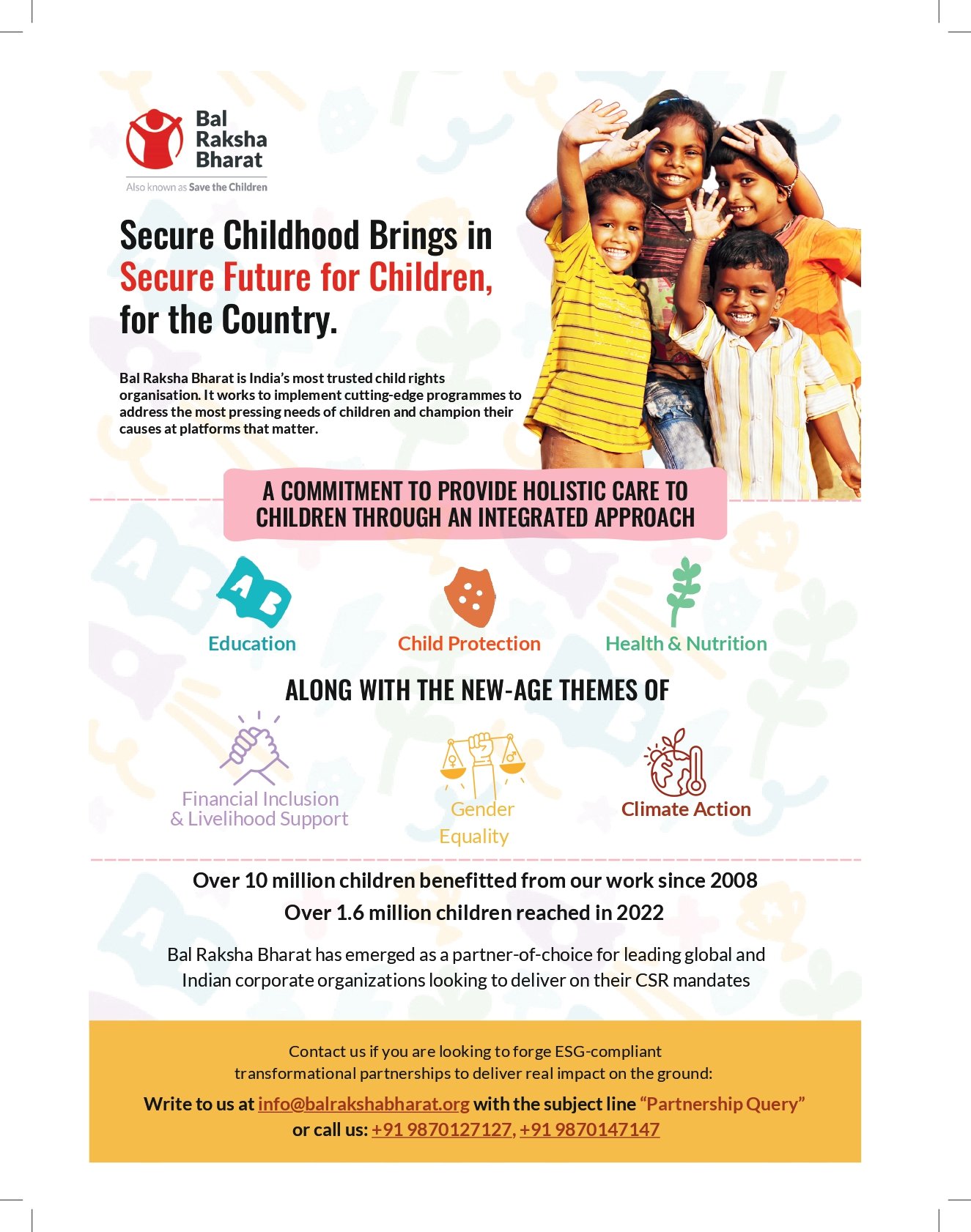
With a big hue and cry over diversity as a top value for every organization, people with disabilities generally do not find a top spot in the organizational list of priorities. They are often overlooked or under-supported. While a few organizations have taken the step of including initiatives for hiring people with disabilities there remains a lot to be done on that account. The processes and policies in place too are sometimes not adequate for people with disabilities to participate wholeheartedly. It is detrimental both ways. The organization is missing out on a talent pool and the people with disabilities are probably losing out on opportunities or trying to fit into roles where they are misfits. It is therefore imperative to have good disability inclusion policies in organizations.
The definitions of disability inclusion are varied but broadly it would cover the inclusion of those with disabilities in every aspect of daily life. However, many would disagree with this since people with disabilities are not lacking in energy drive or talent.
The CDC or Centers for Disease Control and Prevention (CDC) estimates that 25% of adults live with physical, cognitive, or emotional disabilities, but most of them are talented contributors in varied industries. Stephen Hawking, Hellen Keller, Robin Williams, and Toni Braxton to name a few. Companies must make efforts to design their facilities and work environment in such a way that people with disabilities find it easier to adapt to the work culture there. The challenge therefore does not lie with the people with disabilities but in the work, environment built by the companies.
For a starter, the mindset of all employees and the management must be inclusive. The employees must feel welcome, valued, and appreciated and those with disabilities must be made to feel at par with the other employees not segregated and shunned. Unconscious ostracization must be addressed too. An inclusive work culture would include activities that people with disabilities find easy to perform. A lack of thought and understanding should not be displayed by the other employees, but a courteous inclusion without going overboard in their gestures. The HR team must take care to understand and address the causes of exclusion.
For effective disability inclusion effective and courageous conversations must be initiated at the workplace. Initially, these conversations may be uncomfortable but gradually and with time they will become an integral part as biases are done away with and more sensitivity is displayed through awareness. Empathy is one trait that needs to shine through in the corporate environment. If one were to consider that one in four people live with a disability, then a significant portion of the workforce benefits from inclusion policies.
Reports have shown that 96% of severe disabilities are not even apparent. Once acceptance dawns and people with disabilities are welcomed, valued, and accepted in multiple ways, then the work culture shits towards complete inclusivity. Disabilities are not merely physical they extend to developmental disabilities and mental health conditions.
Good disability inclusion policies can be very beneficial for the employees as well as the organization. Since most disabilities are not visible the employees are not obliged to disclose it to their employers but the paradox that arises here is that unless they disclose it they cannot benefit from the stated policies and likewise the organization cannot extend the benefits if they are not aware. The benefits also include a more welcoming company environment. Recruitment and retention of talent, avoiding lawsuits and negative Public Relations, adopting to diverse styles, boosting productivity and innovation and even building fellow bonding and camaraderie. Diversity and disability inclusion together also go towards creating an equal-opportunity organization. Diversity in all respects is valued and includes a diversity of thought and experience too. Working with different people also exposes you to different perspectives. ERGs can help create a good employee experience as well as up the mental health quotient at the workplace.
Hiring a professional who is familiar with the laws and accommodations needed assists the entire process. These professionals can help facilitate ERGs, bring important points to the leadership’s notice, as well as prioritize changes that need to be made at the workplace. Understanding diversity in its’ right perspective is very important.
Diversity extends beyond the surface of just hiring people who look different from each other. The different kinds of diversities cover – educational and economic background, physical and cognitive ability, immigration status, neurodiversity, and many more.
Disability inclusion is a journey where both the employees and the organization evolve. The five crucial steps on this journey would be –
- Creating and developing long-term strategies, support, and systems to create a workplace where people with disabilities can perform well and succeed and not just limiting it to hiring them. Companywide training that includes the leadership team, coworkers, and supervisors is needed to help with this aspect.
- A sourcing and retention plan needs to be created. Partnering with agencies that specialize in hiring people with disabilities and contacting vocational rehabilitation offices, community colleges, technical and vocational schools, and so on can be a part of the plan.
- Providing support for employees with disabilities. Local job coaches from disability organizations can be used for this purpose.
- The disability inclusion plan can be communicated internally so that everybody is aware and informed.
- Measurement of ROI can be done. Lower absenteeism and higher employee retention can be some effective indicators. While businesses all over the world are progressing towards D&I, much still needs to be done. It normally features very low in the list of priorities. So, if one were to ask what the ranking looks like, race would be at the top, followed by gender, socioeconomic background, sexual orientation, and disability clubbed together ranked the lowest. According to research prioritizing disability inclusion has shown companies recording higher profit margins their other counterparts who don’t include this.
While businesses all over the world are progressing towards D&I, much still needs to be done. It normally features very low in the list of priorities. So, if one were to ask what the ranking looks like, race would be at the top, followed by gender, and socio-economic background, sexual orientation, and disability clubbed together ranked the lowest.
According to research prioritizing disability inclusion has shown companies recording higher profit margins their other counterparts who don’t include this. Companies with disability inclusion have a wider talent pool, higher employee motivation, and a positive impact on business objectives. The employers who are championing this cause are gradually becoming employers of choice. An estimate reveals that by 2050, the total number of people living with disabilities will double.
Organizations must strive towards creating a D&I culture naturally. This yields immense benefits for the organization as well as the workforce. Disability-inclusive organizations strive to create a workplace where everybody feels welcomed and valued. Where the differences are celebrated and rewarded not judged and scorned.





